The hurricane season was fast approaching and the talk amongst the boaters turned to ‘what are your plans for the hurricane season?’ There were as many plans as there were people, each boat having its own preferences. Some were heading north and then across the Atlantic, back to the UK or the Med. Others, wanting to explore the Caribbean further next season, were temporarily heading to the East Coast of America, the ABCs (Aruba, Bonaire, Curacao) or Trinidad and Tobago. Many people were hauling their boats out and storing them on land (well strapped down!) while they headed home for a while. A few, like us, had decided to stay with our boats and head south, back to Grenada. Whilst this is still in the hurricane belt, it has only infrequently been hit by hurricanes and it is considered ‘lower risk’. Also, if you are on board, you can monitor the weather and flee south or west if one looks like it is approaching!
Whatever the differing plans, the time scale was the constant factor. Hurricane season runs June to November. As it was now May, the time had come for us to head south. Not too quickly though, as on route we wanted to squeeze in a couple more islands.
One island that we had missed on the way north was Dominica (not to be confused with the Dominican Republic!). This is one of the most natural islands in the Caribbean – an unspoilt island full of waterfalls and lush rainforest. It was hit hard by Hurricane Maria in 2017. The category 5 hurricane brought winds with speeds of up to 175 mph which destroyed more than 90% of the island’s structures and ripped the leaves from the trees. However, the islanders were determined to rebuild and Dominica was just starting to recover when Covid hit. 2022 was hopefully the first season on the road to recovery and the people we met were very welcoming and keen to share their homeland with us.
Portsmouth is also home to PAYS (Portsmouth Association of Yacht Services). This organisation was formed by the local guides who work together to welcome visiting boats. Upon arrival, we were met by PAYS member, Martin Carriere with flowers and local fruits. Martin is also the Ocean Cruising Club’s Port Officer here. Born and bred in Dominica, he was the perfect person to help us discover this beautiful island, its flora and fauna.
On our first tour, Martin took us to the most southerly tip of Dominica, Scotts Head. This is the Caribbean’s only ‘tied island’ – an island connected to the mainland by a tombolo (a spit made of beach materials). The tall headland overlooking the sweeping Soufriere Bay was our first ‘Kodak moment’.
As well as having an impressive coast line, Dominica is home to nine volcanoes. They give the island its rugged interior and also numerous natural sulphur springs. Retracing our route along the west coast, we had a quick stop at one of them, Bubble Beach Spa. Unfortunately, this was not as glamourous as it sounds. At the water’s edge, a low makeshift wall of rocks formed a shallow pool. Inside the pool, tiny bubbles stream up through the sand making the water almost too hot to walk in. We didn’t stay long!
A more interesting stop was Champagne Reef. Off the beach here, hundreds of sulphur bubbles escape from the sea bed creating numerous trails rising to the surface. When the sunlight hit them, it really was like snorkelling in champagne.
Our final stop for the day was at the majestic Trafalgar Falls. These impressive twin falls (Mama at 40m and Papa at 85m) cascade vertically into the pools below. Not content with the view from afar, we scrambled across the boulders to bathe in the pools below the falls. At Papa, we even managed to find a hot water spring to ‘shower’ in.
Having enjoyed the trip south, we were keen for Martin to show us the northern end of the island.
First port of call was Chaudiere Pool. A rough road made its way along the ridge with the land falling away either side and led to a track heading for the river. A short hike through the forest was rewarded by a refreshing dip in the natural pool carved out of the rock.
Next stop was the fascinating landscape of Red Rocks. Martin explained that the lava flows which had created the headlands were made of iron rich basalt. Over time, being exposed to the hot sun and sea water, this had oxidised turning the rocks an amazing rusty colour. Truly a martian landscape.
No tour of the north of Dominica would be complete without a visit to the Pointe Baptiste Chocolate Factory, home to Dominica’s first homegrown chocolate. The factory is a very, very small, family business run by Alan Napier on the private estate founded by his grandparents.
Alan himself was on hand to show us around and talk us through the chocolate making process. Alan explained that the cacao is harvested from the estate and also from local farmers. The beans are fermented in wooden boxes and then left out in the sun to dry. Once dry, the beans are roasted. They are then crushed and the outer shell is separated from the cocao nibs. The nibs are melted and mixed with other flavourings. Finally, the chocolate is tempered and made into bars. All in a building not much bigger than a small house!
Both trips also delivered many more ‘kodak’ moments with stunning views of land and sea. Dominica is definitely a beautiful island of contrasting landscapes and a massive thank you to Martin for showing them to us.
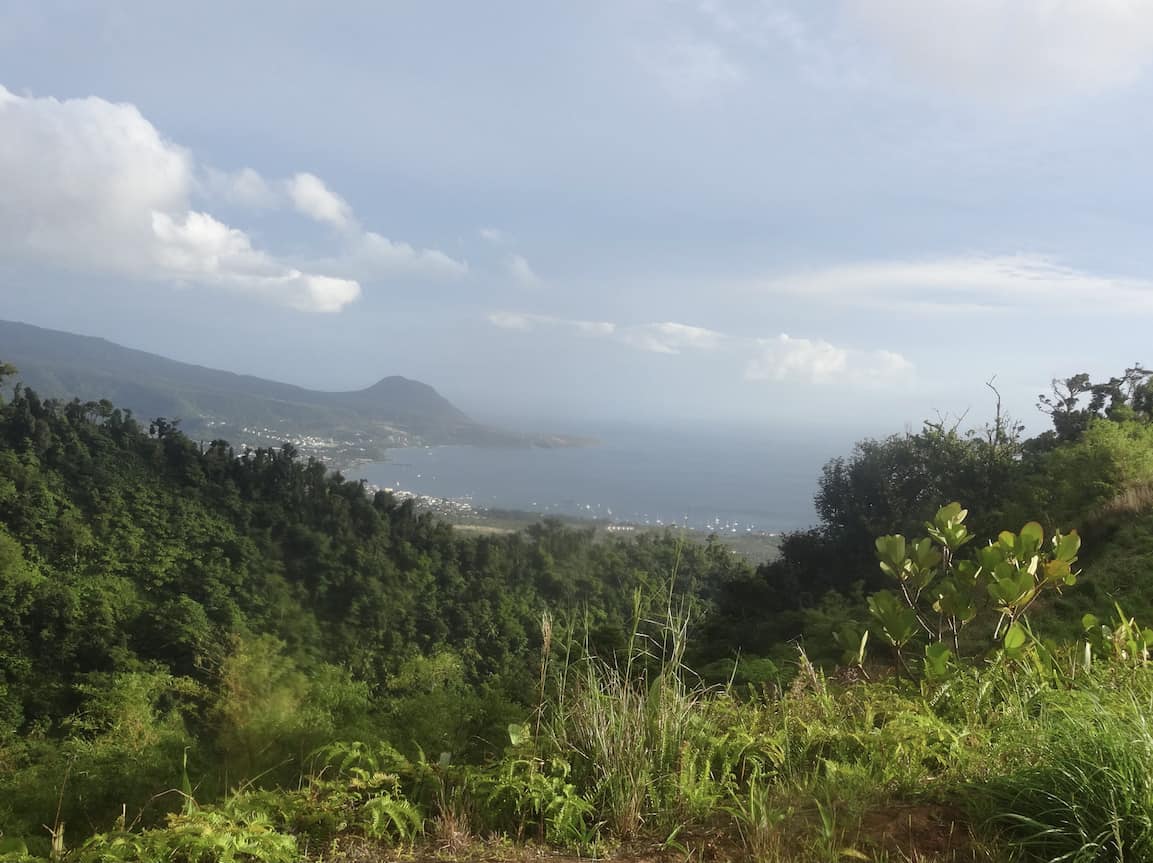
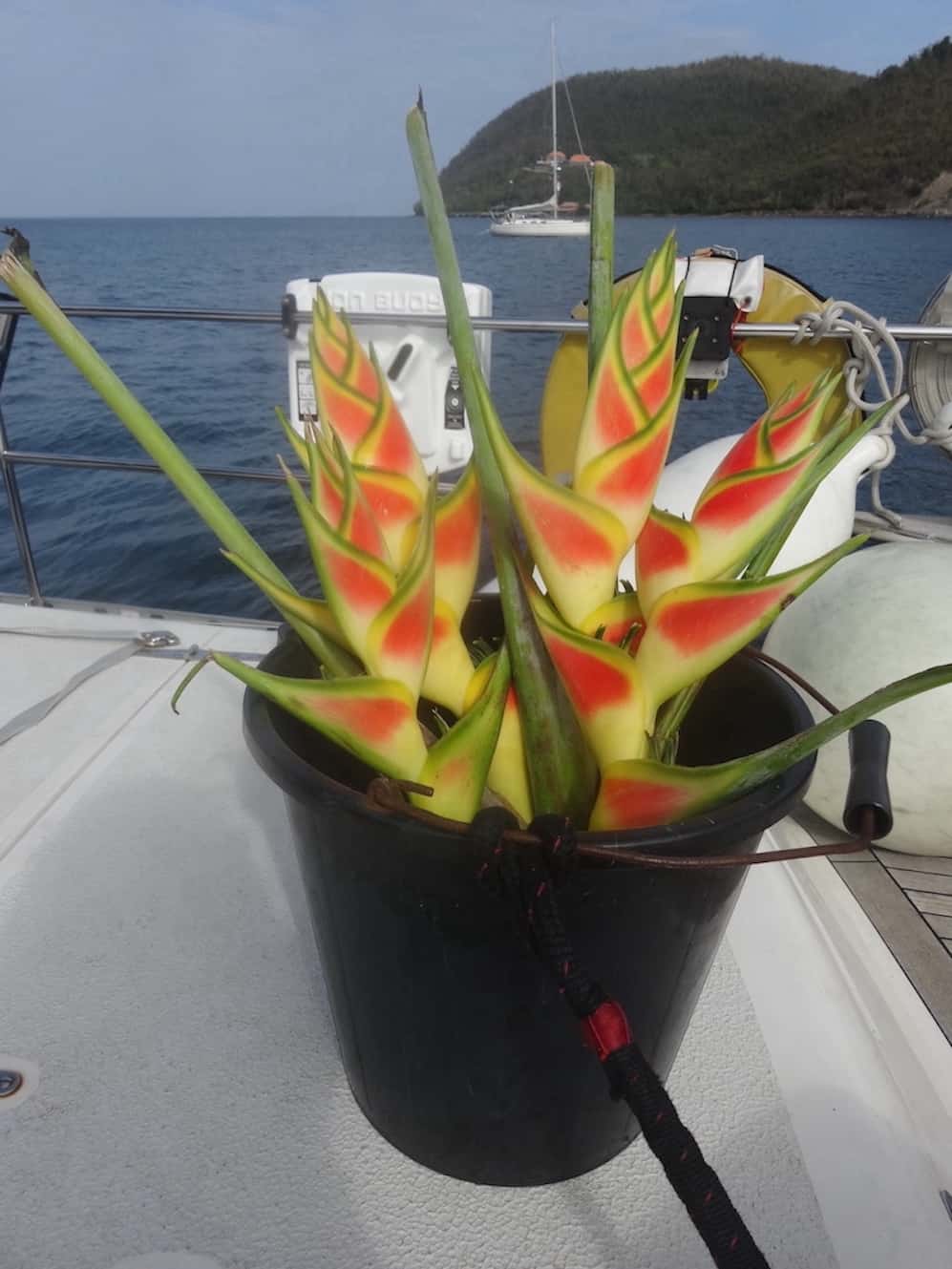





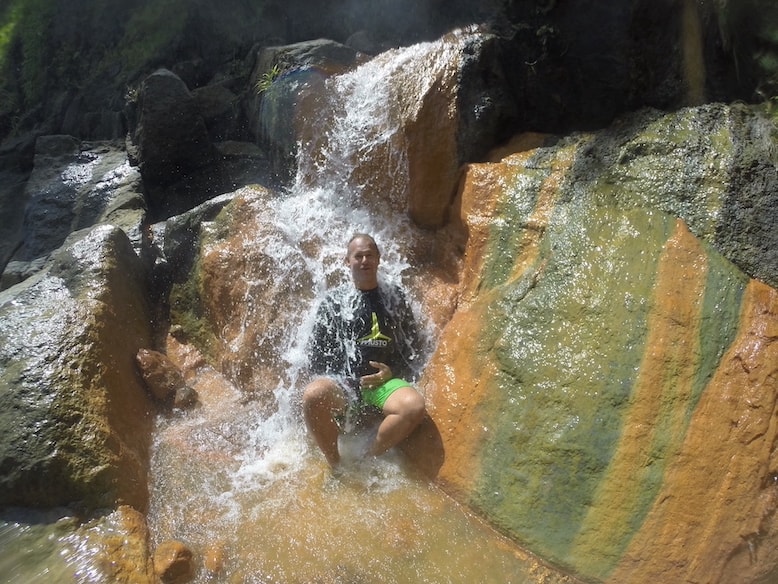
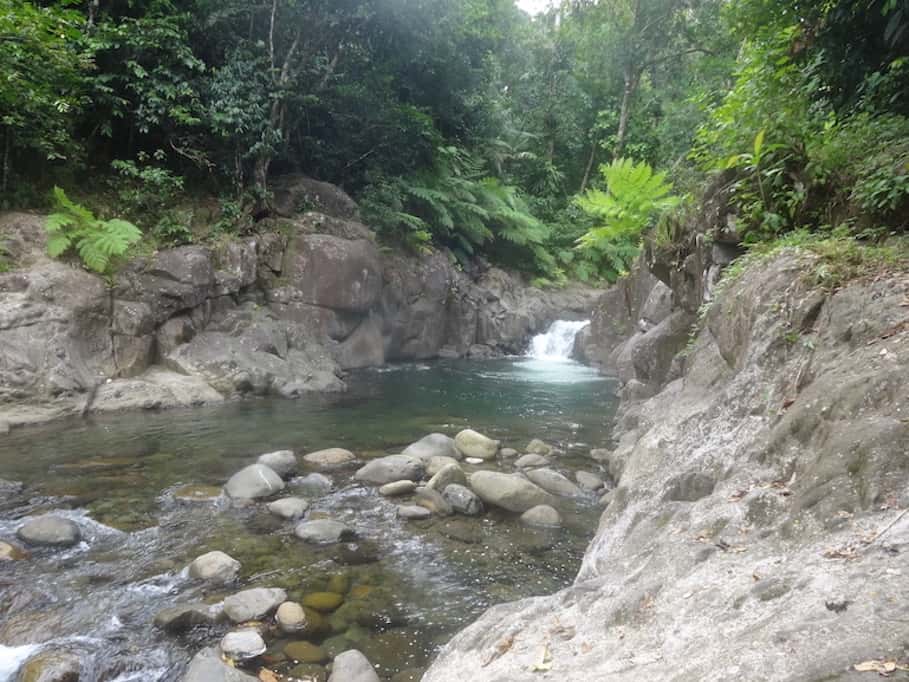
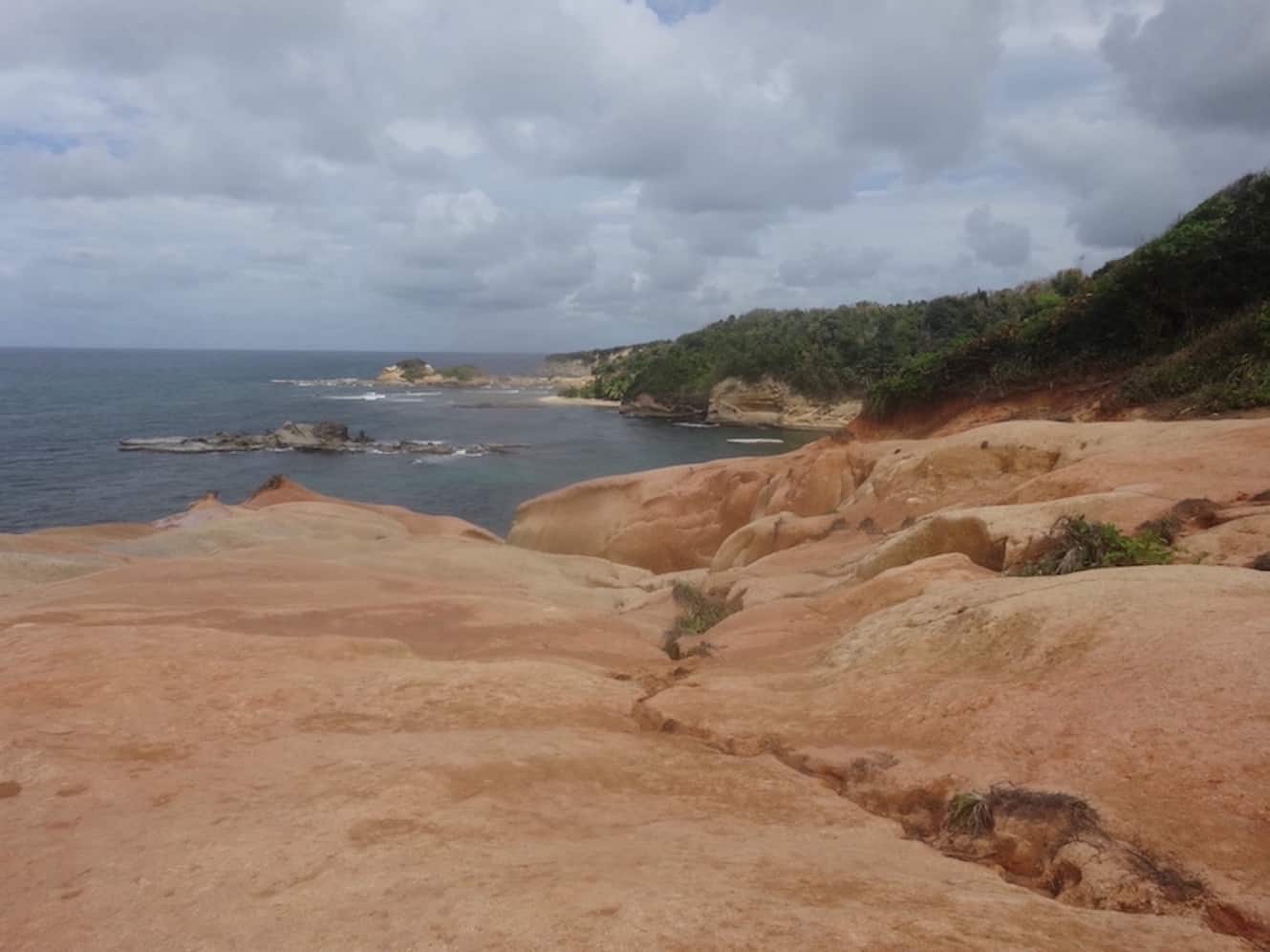
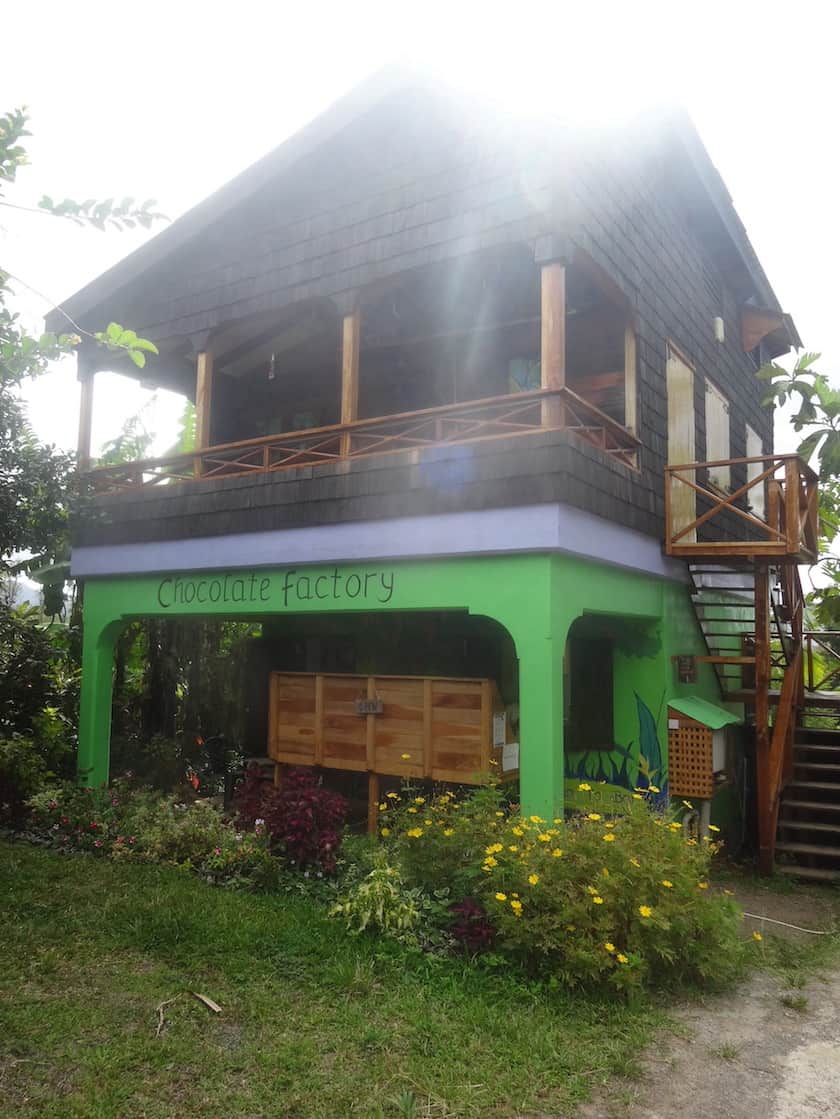
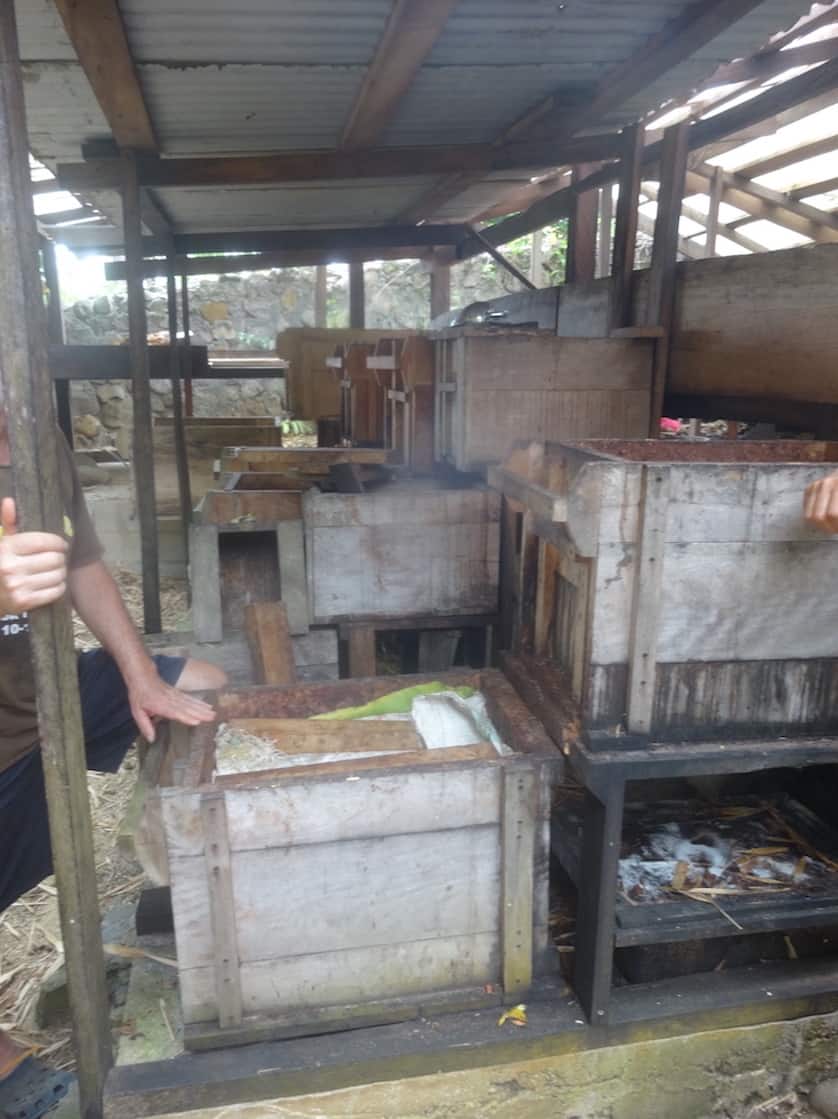

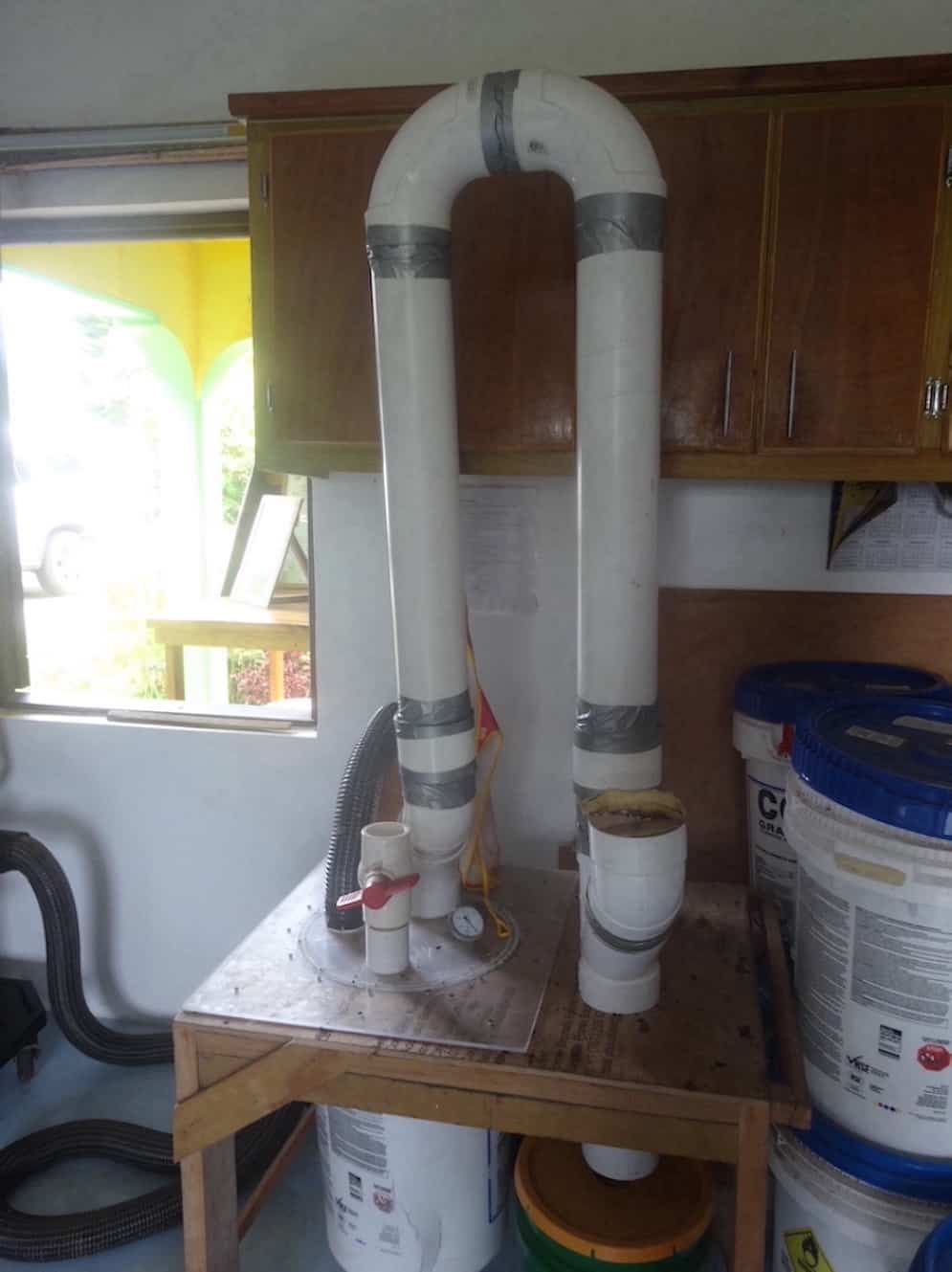
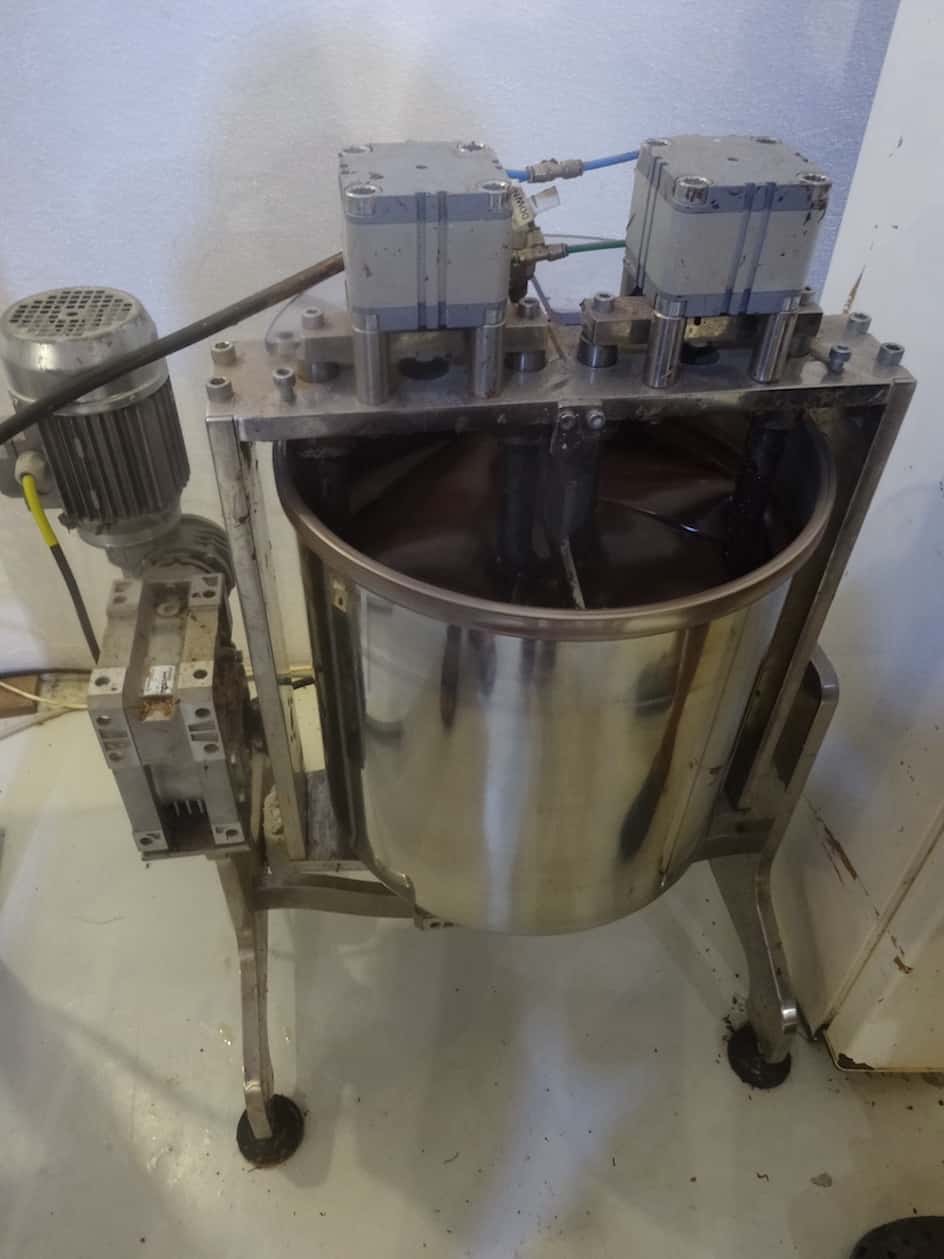
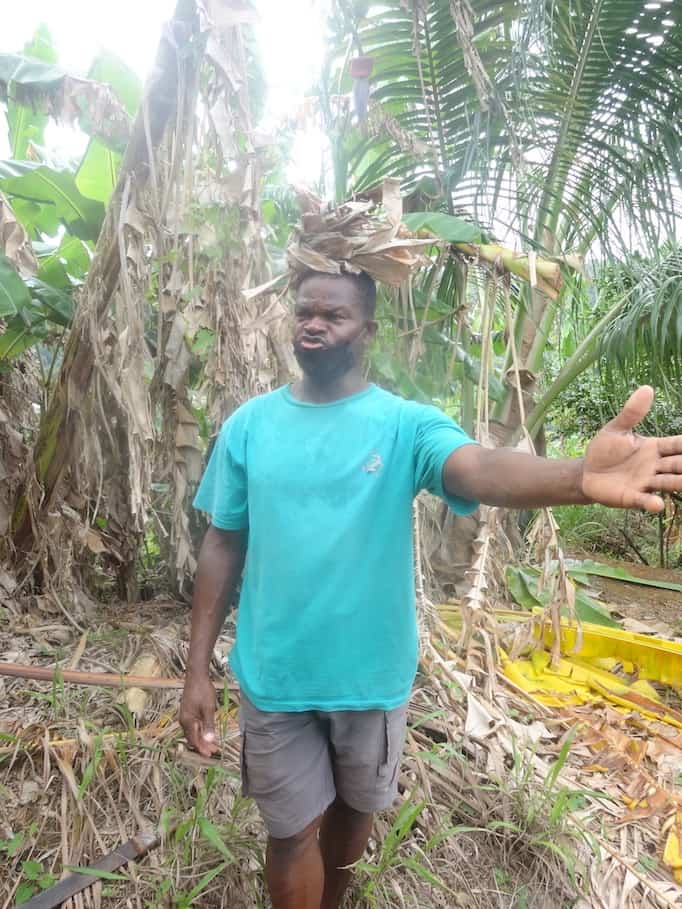
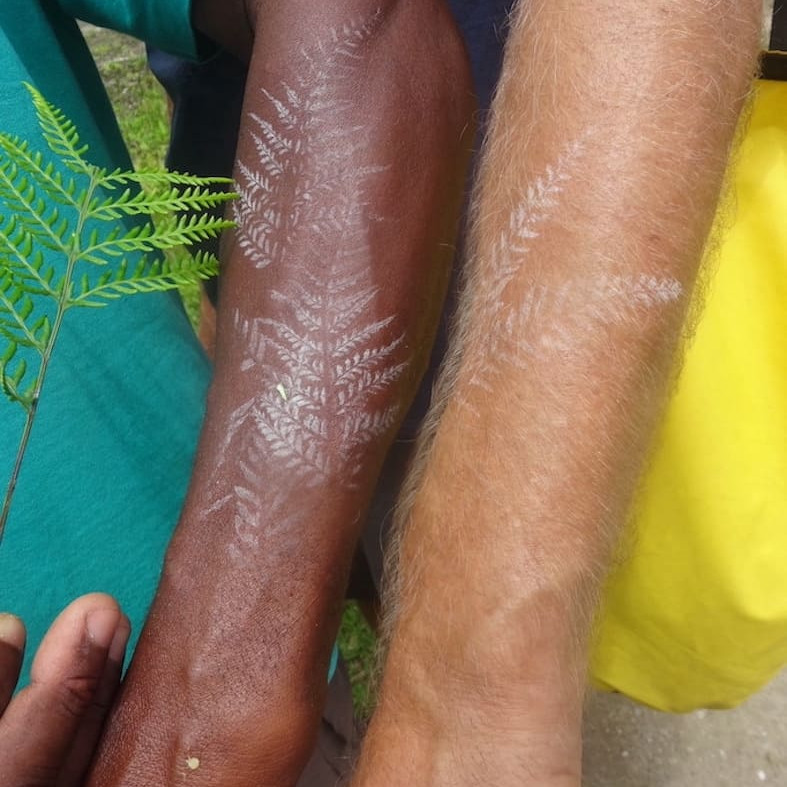
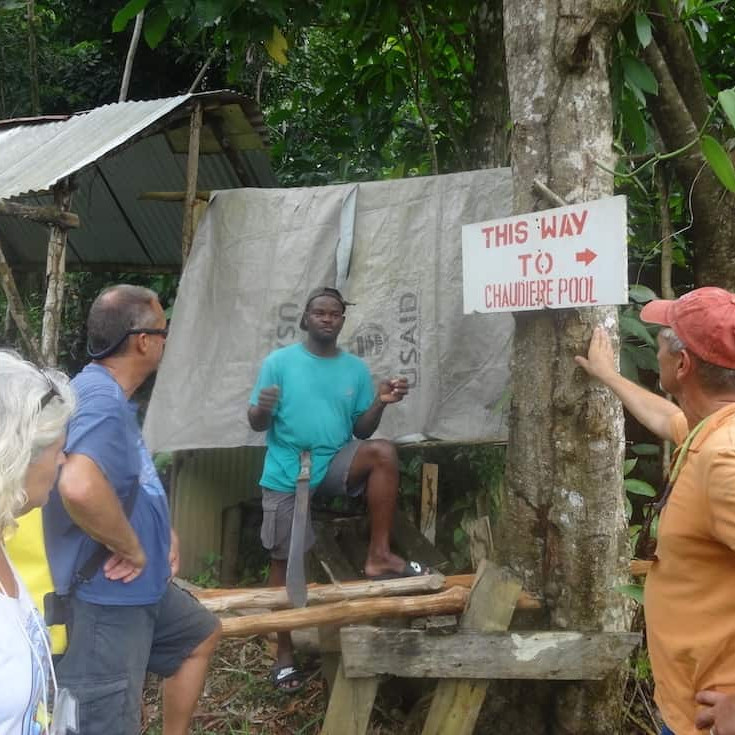
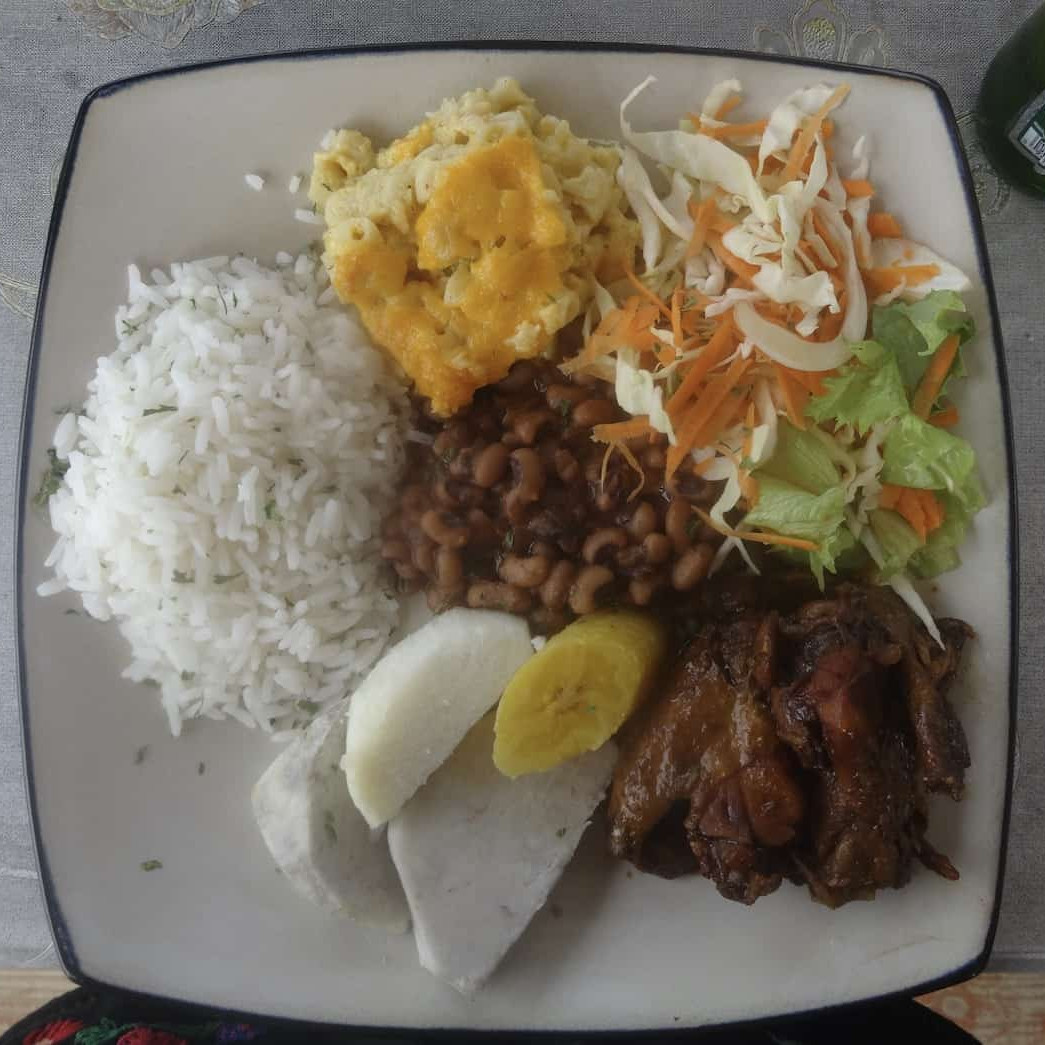

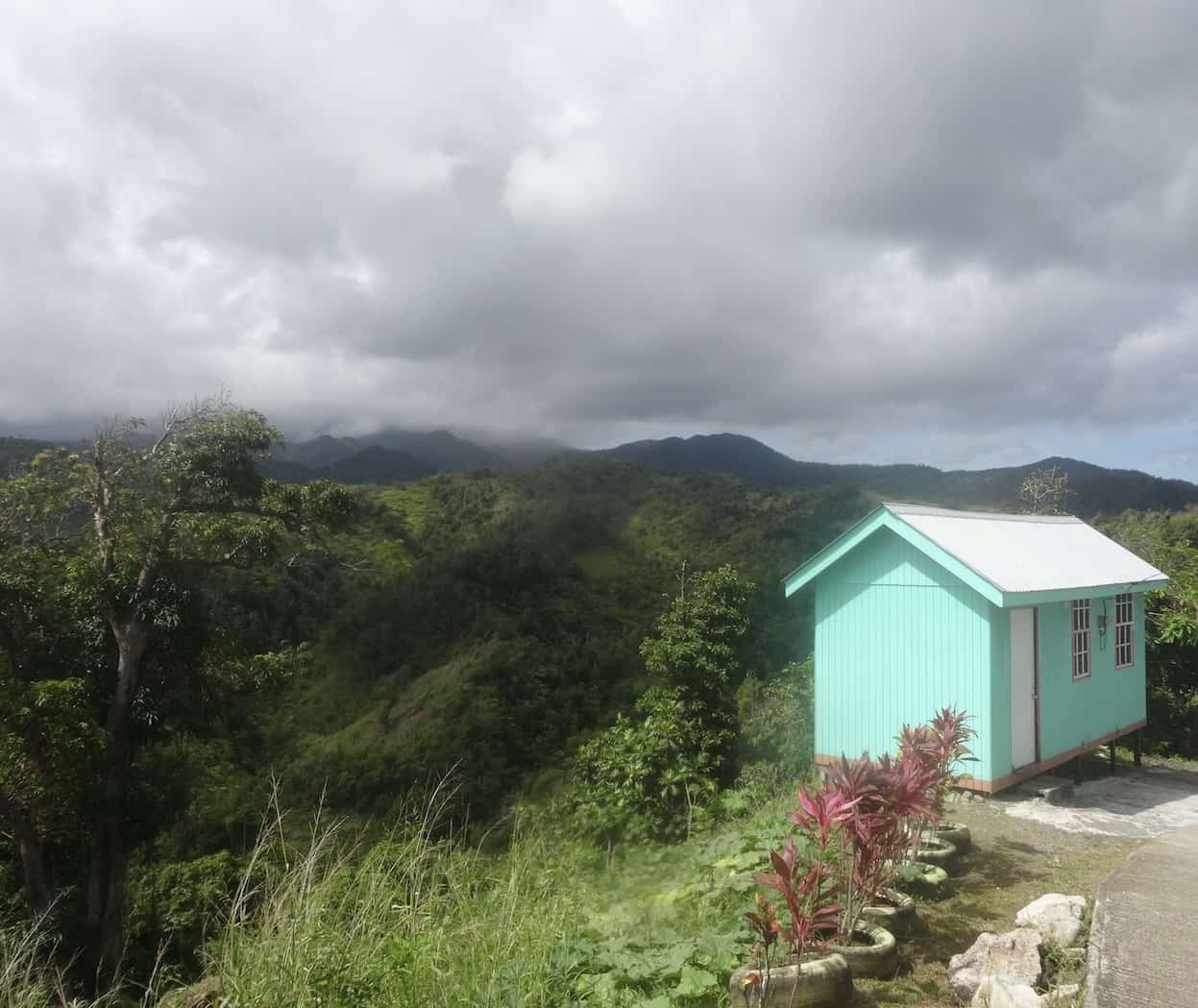
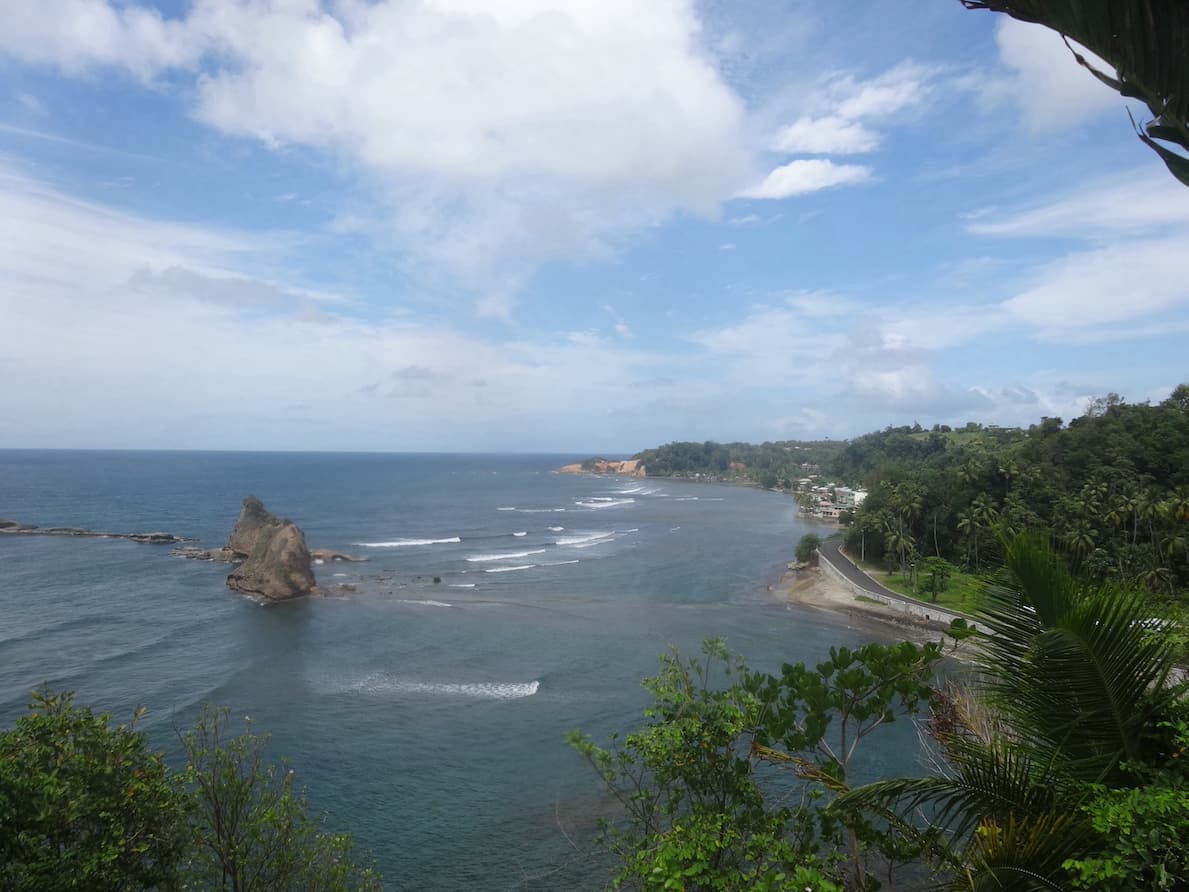
amazing photos .. stay safe and out of the way of any hurricanes!
Hi,
Pleased that you liked the photos. So often they do not do the panorama justice!
We are in Grenada now and keeping an eye on the weather. We had a tropical storm come through about a month ago and a bit of a blow at 5am last Sunday morning. Information is good here and we usually know well in advance of any problems on route. Fingers crossed it stays that way.
Love to all
xx
You really are having the trip of a lifetime, with chocolate as well. Heaven!
Stay out of the way of those hurricanes. Bon voyage South.
Hi,
We really are….so many amazing places to see. We cant believe what adventures we have had already, in just a year. Hopefully more to come.
We are currently in Grenada keeping a sharp eye on the weather and doing boat prep for next year’s adventure through into the Pacific.
Keep reading!!
Looks amazing xx
Hi,
It was! We only managed two weeks there, so all we got was a taster, but it really is one of the most unspoilt places we have visited.
Hope all is good with you and the family
xx
Am sure you’ll get to go again.
We’re all good thanks
Trying to enjoy our taste of a Caribbean summer ☀️ 😎
Xx
Excellent report, bring some chocolate home for Me! Get somewhere safe and enjoy a rest
Hi,
How are you both doing? Hope you enjoyed your break in the sunshine and are planning your next trip.
Chocolate all gone I’m afraid…next time maybe??
Currently in Grenada, watching out for storms and doing lots of boat jobs…. the list never gets any shorter. Luckily we still have time for the odd rum punch!!
xx
Hope the hurricane season left you no worse for wear!
Hi,
So far, so good! We made it to Grenada about 8 weeks ago and watch the weather carefully. Had a tropical storm come through about a month ago which was wet and windy but luckily we were booked into a reasonably sheltered marina. The information around his great and usually there is plenty of notice. Hopefully the rest of the season will be uneventful.
Hope allí s good with you and you are planning your next trips!!
x